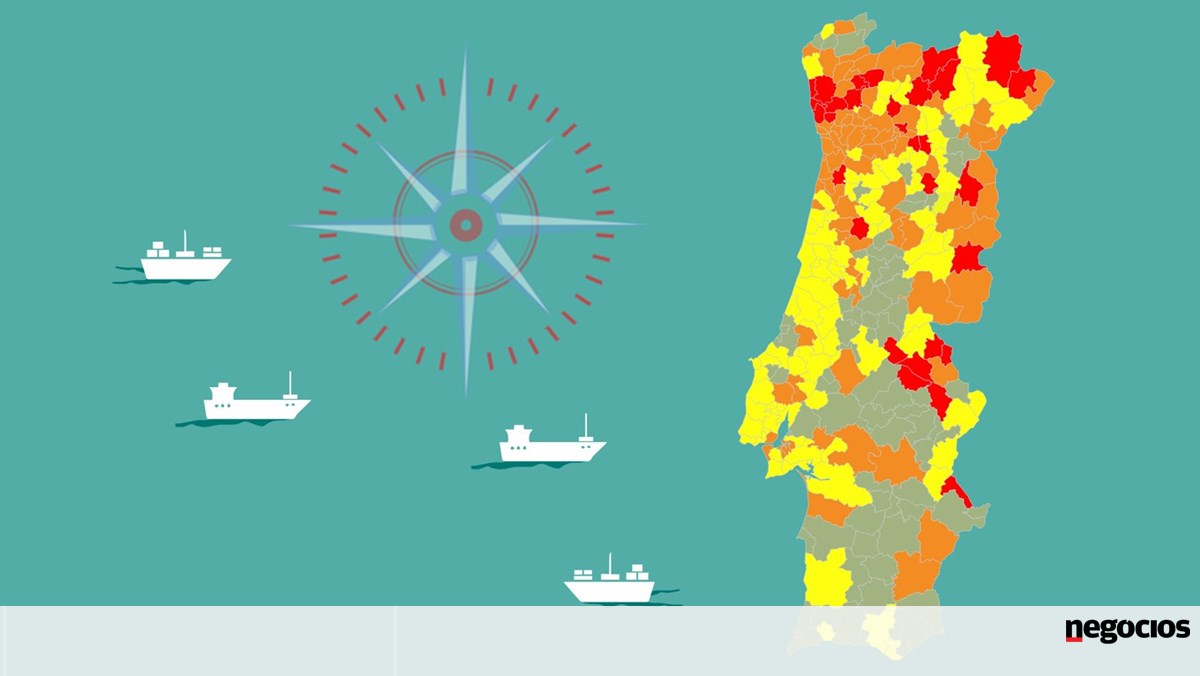In June, July and August a photovoltaic module produces around three times as much electricity as in the winter months from December to February. That is around 200 percent less energy that can be drawn from the solar modules in winter. A 330 watt module, which generates 15 kilowatt hours of energy in January, produces 51 kilowatt hours in July. But what does photovoltaics bring in winter and how do you get as much out of it as possible?
“The optimal elevation – seen over the entire year – has a 30 degree incline and is oriented to the south,” explains Nikolas Fußenegger, an expert in the energy industry and part of the federal association Photovoltaic Austria.
In order to increase the photovoltaic yield in winter, the system could also be set up at an incline of 60 degrees. According to Fußenegger, this only results in losses over the course of the year: “If the system is built with a 60 degree incline, the yield increases slightly in winter because the sun can be better absorbed, but the resulting losses in summer are considerable higher. Compared to an elevation of 30 degrees, an elevation of 60 degrees loses about six percent yield over the year. “
So that no snow is deposited on the modules in winter, the expert recommends a steeper angle of inclination in snowy regions so that the snow slides off better. “For this, of course, you have to plan some space below the module so that there is enough space for the snow.” The annual snowfall must be taken into account when planning.
“Basically, the snow slips off the module as quickly as the sun shines again. The slight melting ensures that a film of water is created between the snow and the module. And the rest of the snow slides off the smooth surface very quickly. The dark surface of the modules helps a lot ”, explains Nikolas Fußenegger. Technical solutions that heat the photovoltaic modules and melt the snow can help.
Fußenegger strongly advises against climbing onto the roof and freeing the modules from snow: “The risk of falling and damaging the PV system is too great here.”
The following applies to photovoltaic systems: if you buy cheap, you buy expensive. When selecting the photovoltaic system, attention should therefore be paid to high-quality materials and workmanship. “A high-quality system may be more expensive to purchase, but it pays off in terms of operation and the longer service life,” Fußenegger is convinced.
When it comes to installation, too, it pays to be stingy: “A system that is of high quality and is built in this way can be operated for longer. If the service life of a system is increased, the yield that the system generates over its service life increases automatically. ”In addition, influences such as the shading situation and the selected mounting system should be taken into account during planning, because these factors make a significant contribution to the yield .
Contrary to popular belief, photovoltaic storage is not an all-purpose solution in winter. “A storage system always makes sense when the electricity that is produced during the day is to be used at a different time. Storage for several days can also be useful, especially if an emergency power supply is being considered.
However, these home storage systems are not intended for storing energy over several weeks or months, ”explains the expert.
It is therefore more important to use electricity at the right time. The electricity consumers should be switched on when the photovoltaic system generates electricity – this applies in summer and winter. The plumbers in particular are challenged because they have to inform their customers about the correct use of the system or offer them supporting technologies. “Energy management systems or other self-consumption-optimizing concepts can also help here. Every kilowatt hour you use yourself improves the efficiency of the system and saves money, ”advises Nikolas Fußenegger in conclusion.
–


